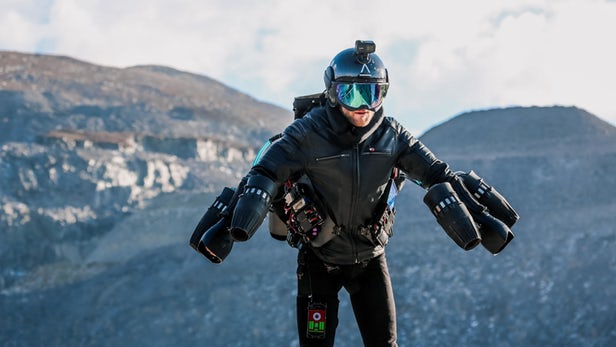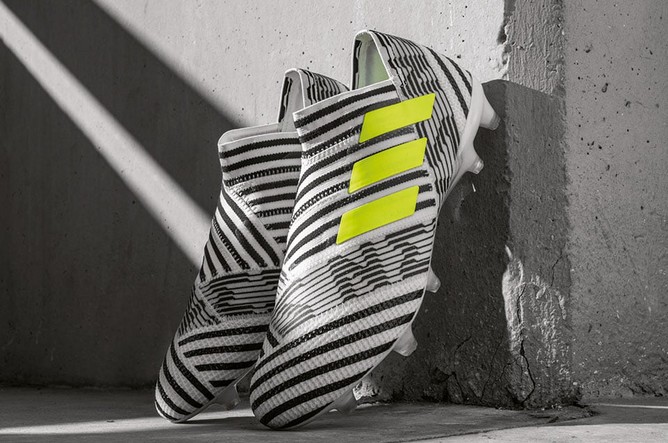23.10.2018
Meet the professionals: Mark Hester MCSD
We spoke to Mark, a product designer who works in London, about his career, the challenges he’s faced, and what he sees as the future of his sector.
Q: Please introduce yourself!
A: I was fascinated with the role that physical prototyping and modelmaking plays in the design process, so I got my first job in the Development Centre at PDD (Pankhurst Design Developments) in London.
In 2015, I left PDD to join a colleague in setting up a product design and creative engineering agency called The Imagination Factory.
Q: What made you choose this career?
A: I was always interested in how things work, which led me into Design & Technology at school. At the time I didn’t realise I could actually be designing and making for a career – but as soon as I discovered that was a possibility, I knew that’s what I wanted to do. It would give me constant opportunities to solve problems, be creative and work on exciting projects.
There was also the fact that design has an impact on society. That appealed to me and found expression in the projects I chose to do.
Q: What’s the most exciting thing about what you do?
A: Design gives me the opportunity to work with exciting new technology and make fantastic prototypes. However, the best thing for me is when a really complex or difficult real-world problem is solved using the design process.
Q: What challenges do you face and how do you overcome them?
A: Some of the biggest challenges come from working with people who are not familiar with the design process. Sometimes people are very technically minded and don’t see the value in early stage creative thinking around a problem; others are all about the ideas and get caught up in the creative process.
One of the most helpful tools I have found for this is The Innovation Maze by Gijs van Wulfen. This book shows that however you approach an innovation, there are a number of steps you will need to take to be successful. You might be starting from different places, but at some point you have to allow the design process to take you through all the necessary parts of the journey.
Q: What do you think is the future of your sector?
A: Designers in the future need to be able to collaborate very effectively with people in complementary roles so that we can continue to have an impact on society without being undervalued or responsible for huge damage to the planet.
Q: What are you working on right now?
A: The Imagination Factory is currently working on solving the problem of “leaves on the line” for the railways, which is very exciting. It uses microwave technology to solve a problem that has been causing delays for decades.
I am also setting up a business called SwimAR, transforming the way people do their swim training by providing a heads-up display that attaches to a regular pair of goggles.
Q: What advice would you give to a new designer?
A: Firstly, learn the techniques and practise the mindset of human-centred design as soon as possible. It’ll be fundamental to the success of any kind of design you go into.
Secondly, get serious about understanding your potential impact on the environment as a designer. Look into the Cradle-to-Cradle approach and don’t expect it to be easy to do the right thing.
Mark’s latest projects
Gravity Industries HUD

It’s been so much fun working with Richard Browning and supporting his pioneering efforts in jet-powered human flight. Designing a solution for this challenging use case has forced us to avoid adding complexity as much as possible whilst using some amazing cutting-edge technology.
Adidas Nemeziz Launch

I was asked to design a way to fill a boot with sensors that could control 3D motion graphics and sound. The design had to allow for the natural flexibility of the boot but be robust enough for a launch party environment. The solution was a hybrid chassis and last consisting of flexible foam and articulated plastic parts.